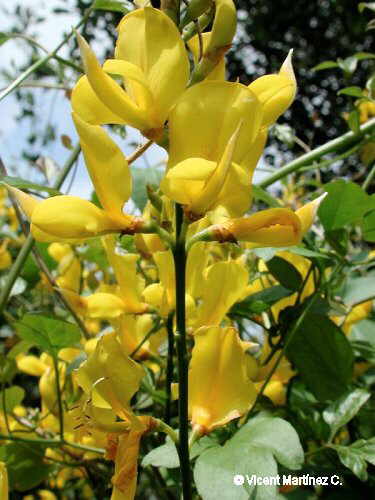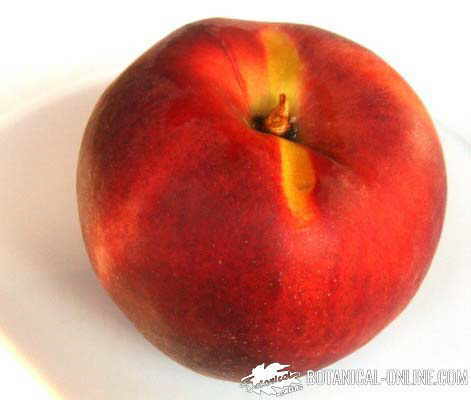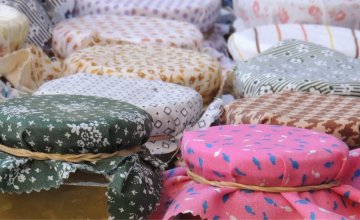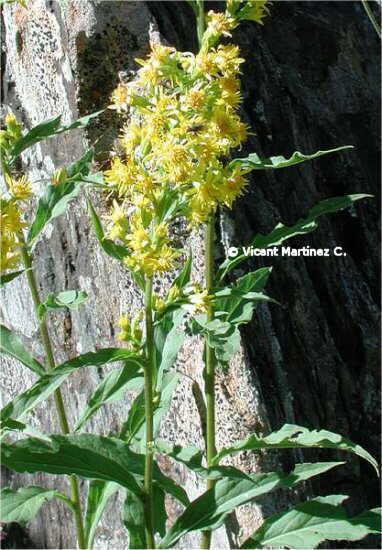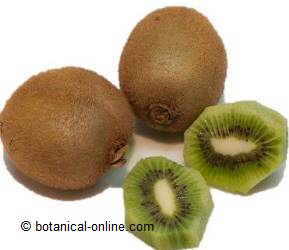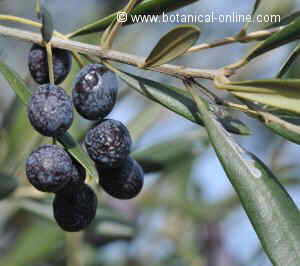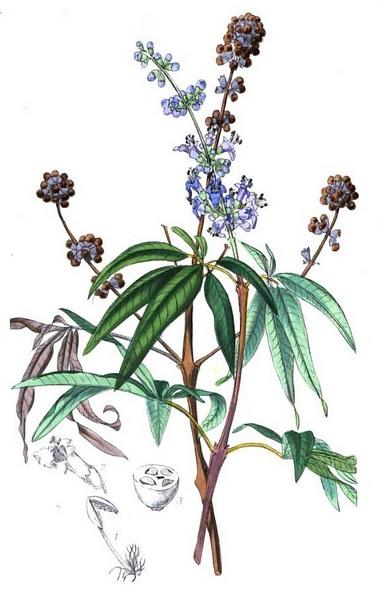Contents
What are chia seeds?
Chia seeds are, as their name suggests, the seed of a plant called chia (Salvia hispanica L.). This plant belongs to the family of lamiaceae. It belongs to the same family of known spices such as mint and sage.
It is a plant native to tropical America and was part of the diet of the ancient Aztecs and Toltecs.
Chia seeds are oval shaped. They are very small, approximately 1.5 mm wide x 2 mm long. Its color is variable depending on the variety. They may be plain white, brown or black, or mottled with different colors ranging from dark brown to brown, cream, gray, black and white.
The word chia comes from the Nahuatl, the vernacular Aztec language, which means “oily.” In fact, this is one of the most striking qualities of chia, its content in essential fatty acids Omega 3.
– More information on the botanical characteristics and composition of the chia seeds on the listing below
History of chia seeds
Chia seeds are native to Central America. They were consumed by indigenous people over 6,000 years ago. Archeological sites findings show that chia was grown in the Valley of Mexico Teotihuacan and Toltec civilizations before the Aztecs conquered the land, and between 1,500 BC and 900 B.C. chia seeds were a coin in Mexico.
Thanks to Florentinus Codex, written by Fray Bernardino de Sahagun, we know that chia was used as a whole seed and mixed with other foods. A refreshing beverage called “chia fresh water” was also made from it. People got oil from chia seed that served as base for paints and ointments used in the body and face.
However, as with the quinoa and amaranth, the arrival of Spanish colonizers banned the cultivation and consumption of chia because they considered it was part of pagan religious rituals.
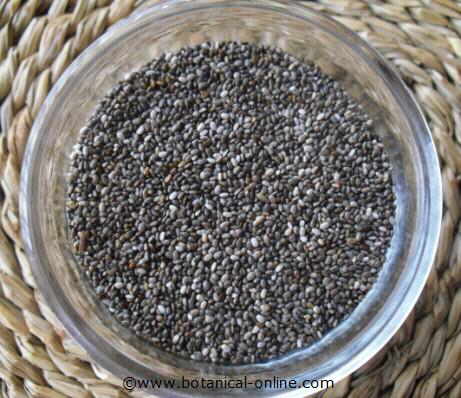 Photo of chia seeds
Photo of chia seeds
Importance of chia seeds nowadays
Chia is currently under investigation due to its high content of Omega 3. As a matter of fact, it is one of plant foods richer in essential fatty acids, and due to its great capacity to retain water because of the mucilage it contains.
We also study the introduction of this seed in the diet of farm animals to increase the Omega 3 content of eggs and dairy.
HOW TO CONSUME CHIA SEEDS?
Chia Seeds
Chia seeds have a neutral taste that combines well with all kinds of foods and preparations, so that we should only dare to use it.
The most common way of using it is mixed in preparations such as fruit juices, yogurt, pastries and homemade ice cream.
Chia provides a crunchy contrast and has the property of thickening preparations with water, milk or other juices, due to the amount of mucilage which it contains.
The explorer Edward Palmer described, in 1871, the use of chia in the preparation of the drink “fresh water chia” by the indigenous population.
With just a daily tablespoon of chia seeds (10g), we are enriching our diet in omega 3, protein, fiber, calcium and folic acid. |
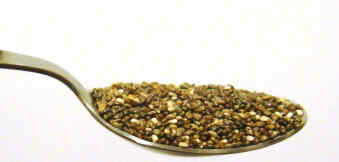
| Main edible components of chia (10g) | |
| Nutrients | Content |
| Calories (Kcal) | 47,2 |
| Carbohydrates (g) | 4,7 |
| Proteins (g) | 1,6 |
| Fat (g) | 2,6 |
| Fiber (g) | 5 |
| Vitamin B9 or folic acid (mcg) | 11,4 |
| Calcium (mg) | 52,9 |
| Sodium (mg) | 3,9 |
Chia flour
Chia flour is obtained from the milling of chia seeds. The nutritional importance of this seed can be included in various formulations as breads, cakes, bars, drinks, sauces, etc..
Chia oil
Pressing of the seeds of chia produces chia oil, although it is unusual and its price is quite expensive. Like in chia seeds, chia oil is high in Omega-3.
CHIA SEEDS PROPERTIES VIDEO
Preserving chia seeds
Chia seeds should be stored in an airtight container, preferably glass, and stored in a dark, cool and dry place to prevent degradation. Well preserved, they are kept in top condition for a year.
![]() More information about chia.
More information about chia.

